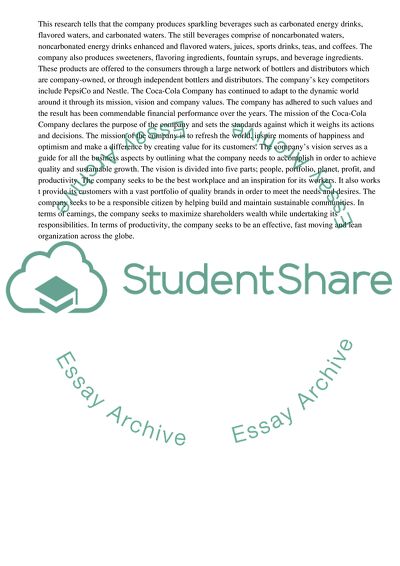Cite this document
(Food & Beverage Market Place: the Coca-Cola Company's Case Research Paper, n.d.)
Food & Beverage Market Place: the Coca-Cola Company's Case Research Paper. Retrieved from https://studentshare.org/business/1796618-capstone
Food & Beverage Market Place: the Coca-Cola Company's Case Research Paper. Retrieved from https://studentshare.org/business/1796618-capstone
(Food & Beverage Market Place: the Coca-Cola Company'S Case Research Paper)
Food & Beverage Market Place: the Coca-Cola Company'S Case Research Paper. https://studentshare.org/business/1796618-capstone.
Food & Beverage Market Place: the Coca-Cola Company'S Case Research Paper. https://studentshare.org/business/1796618-capstone.
“Food & Beverage Market Place: the Coca-Cola Company'S Case Research Paper”, n.d. https://studentshare.org/business/1796618-capstone.


